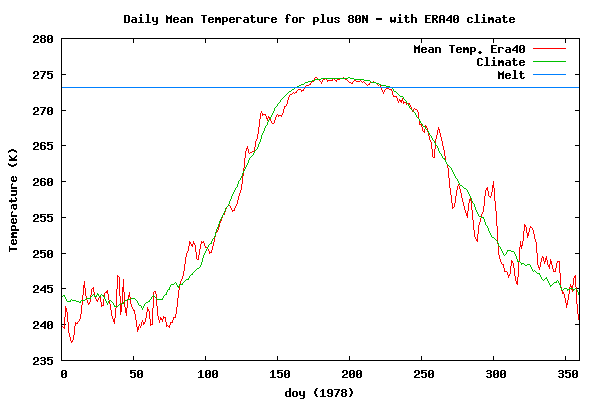Airborne laser successfully destroys ground target
So very much of our current technology has been inspired by science-fiction; cellphones (Star Trek), laptop and hand-held computers (Star Trek), wrist-watch televisions (Dick Tracy), stun-guns (Flash Gordon)—the list seems endless.
In the 1985 satirical comedy Real Genius, a group of university students—led by Val Kilmer—design a high-power laser system capable of destroying ground targets from an aircraft. Real Genius climaxes with a memorable scene in which the airborne laser destroys the newly-constructed home of the film’s despicable villain.
On 13 June 2009, that science-fiction idea also became reality.
During a test of the Air Force’s Advanced Tactical Laser (ATL) at White Sands Missile Range, New Mexico, a converted cargo plane incinerated a “dummy” ground target with a megawatt-class oxygen-iodine laser.
ATL took off from Kirtland Air Force Base, NM, fired its laser while flying over White Sands Missile Range and successfully hit its ground target. ATL, which Boeing is developing for the Air Force, is a C-130H aircraft equipped with a chemical laser, a beam control system, sensors and weapon-system consoles.
Boeing and the Air Force successfully fired the high-power laser aboard the Advanced Tactical Laser aircraft for the first time in flight.
“We fired the laser in-flight. We hit a target on the ground,” said Gary Fitzmire, vice president of Boeing’s Directed Energy Systems.
Fitzmire added:
This successful test is a major step toward bringing directed energy capability to the warfighter. We have demonstrated that an airborne system can fire a high-power laser in flight and deliver laser beam energy to a ground target.
ATL's ultra-precision engagement capability will dramatically reduce collateral damage.
We were able to conduct many ground tests to build confidence of the system and the laser itself. Last summer, we conducted an integrated ground test. Our targets are ground-based tactical targets such as a fuel tank, vehicle or communications node.
More tests are planned to demonstrate ATL's military utility. The system is designed to destroy, damage or disable targets with little-to-no collateral damage. These demonstrations support development of systems that will conduct missions on the battlefield and in urban operations.
The roughly $200 million ATL program began in late 2002.
The ground target in this test was not identified. One wonders what it might have been…




















